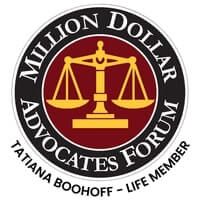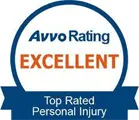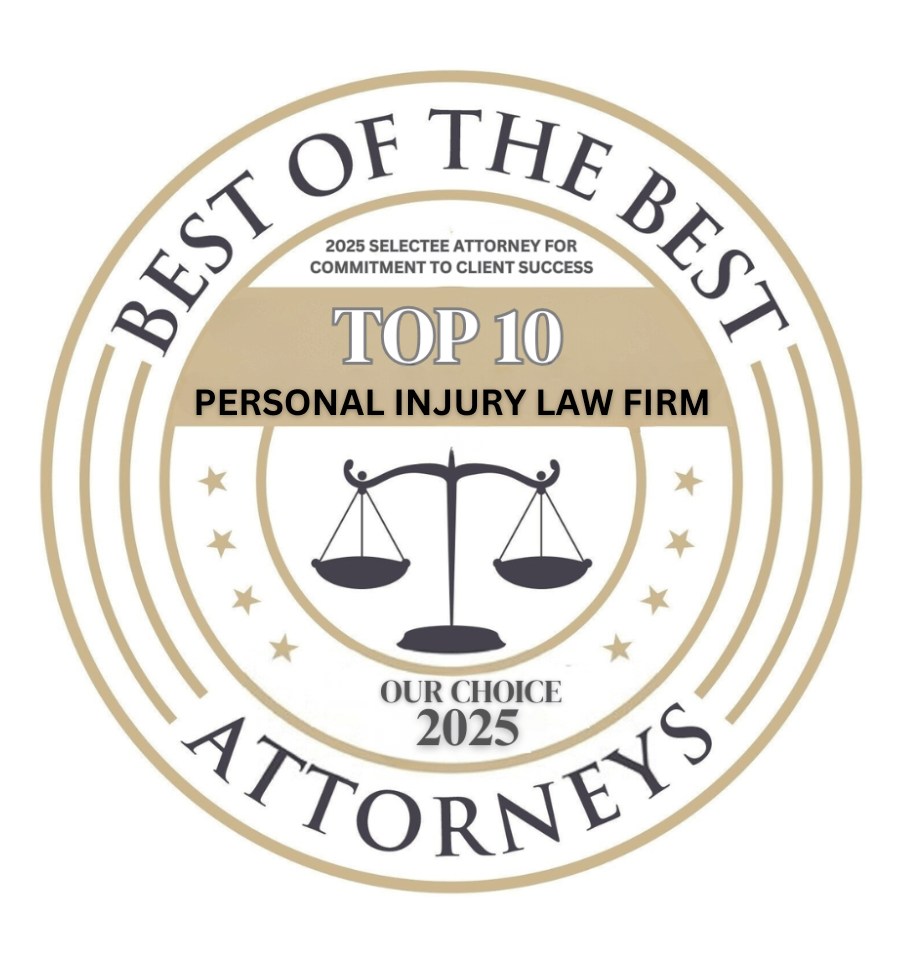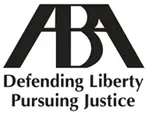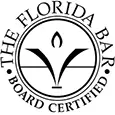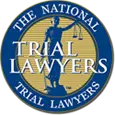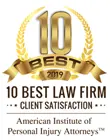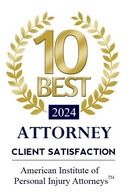Steps to Take After a Rear-End Collision on Tampa Roads
Rear-end collisions are among the most common types of car accidents on Tampa’s roads. Understanding what to do in the moments and days following such an incident is critical to safeguarding your health, financial security, and legal rights.
While there are multiple essential steps, consulting a Tampa car accident attorney is one of the most important tasks. A lawyer can provide much-needed clarity and guidance and represent your best interests as they pursue fair compensation on your behalf.
Steps to Take After a Rear-End Collision in Tampa
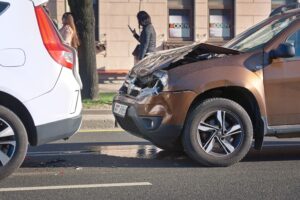
The hours and days following a rear-end collision are critical for protecting your health, legal rights, and financial recovery. Taking certain steps after your accident can put you in a more favorable position physically and financially, including the following.
Seek Medical Attention Immediately
After any accident, you should put your health and well-being first. Seek medical attention as soon as possible to better understand your injuries and begin receiving treatment.
Some injuries, such as whiplash or concussions, may not manifest symptoms immediately, and the longer you wait to treat your injuries, the worse they may become. Visiting a doctor promptly ensures proper care and creates a record linking your injuries to the accident.
Notify Your Insurance Company (or Have Your Attorney Do So)
Report the accident to your insurance provider as soon as possible, even if you were not at fault. Florida is a no-fault state, meaning you can file a first-party claim through your own insurance company to obtain damages, like compensation for medical bills and lost income. You must notify your insurer quickly to have a valid claim, and your car accident lawyer can handle this task.
If you make the call, provide only basic factual details about your crash. Once your claim has been initiated, the insurance company will assign an adjuster to investigate your accident, including resulting property damage and injuries.
It is worth noting that even though you file a claim through your own insurance, this does not mean it will be approved, and you’ll receive full compensation. Insurance companies (even your own) aim to protect their money and avoid paying for claims. Therefore, it’s best to have legal representation to ensure you get the financial recovery you need.
Preserve Evidence
Evidence can play a substantial role in a car accident claim. Your lawyer can support you in gathering evidence of your accident, such as:
- Photos and videos: If you took photos and videos at the scene, organize and back them up. These visuals can provide crucial evidence of the damage, road conditions, weather, and other details.
- Medical records: Keep detailed documentation of your medical visits, diagnoses, and treatments.
- Vehicle damage reports: Obtain estimates or reports detailing the damage to your vehicle and how much it will cost to repair or replace.
- Witness information: Collect and organize contact information for witnesses who can corroborate your version of events.
As more evidence becomes available, your lawyer can continue collecting documentation to strengthen your case.
Maintain a Record of Expenses
Track all expenses related to the accident, including medical bills, repair costs, lost earnings, and any other financial losses. This documentation is essential for calculating your claim’s value and ensuring fair compensation.
Follow Through with Medical Treatment
Not only is it important to seek medical attention right after your accident, but it is also essential to continue with your treatment. Be sure to follow your medical team’s recommendations and do whatever is required for your recovery.
Inconsistencies in treatment will be in your medical records, potentially indicating to insurance companies that your injuries were not that serious. Consequently, you should continue with your care until you have recovered.
Consult a Car Accident Attorney
The aftermath of a rear-end collision can be confusing and stressful. Having legal representation is crucial to protect your rights and maximize your claim.
Schedule a consultation with a Tampa car accident lawyer as soon as possible. The sooner you hire an attorney, the quicker they can begin working on your claim.
Understanding Rear-End Collisions
A rear-end accident occurs when one vehicle crashes into the back of another. These accidents often seem straightforward, but their circumstances can be complicated. Recognizing how and why they happen provides crucial context for victims seeking justice.
How Do Rear-End Accidents Happen Most Often?
Rear-end collisions can happen for many reasons. It’s essential to investigate your situation to determine what exactly led to the crash, which can provide valuable information concerning liability.
Some of the most common causes of these accidents include:
Distracted Driving
Distractions are always present, but it is up to drivers to keep their eyes on the road and their hands on the steering wheel. Drivers looking at their phones, adjusting the radio, or engaging in other distractions may fail to notice that the vehicle ahead has stopped or slowed, resulting in rear-end collisions.
Tailgating
Drives should maintain a safe distance between vehicles, as this can help reduce accidents. In fact, Florida law addresses this. Under Florida law, drivers of motor vehicles should not follow a vehicle “more closely than is reasonably or prudent.”
Tailgating, or following a vehicle too closely, is not only against the law but also often causes rear-end collisions. Following too closely reduces reaction time, leaving little room to stop when the leading car slows or brakes suddenly.
Sudden Stops
Abrupt stops by the lead vehicle can leave trailing drivers with insufficient time and distance to react, particularly if they are distracted or speeding.
In addition, a big problem on Florida roads is brake checking. Brake checking occurs when a driver deliberately and suddenly applies their brakes to force the vehicle behind them to slow down abruptly. This is often done out of frustration, anger, or retaliation if the driver feels they are being tailgated or wronged in some way.
Adverse Weather Conditions
The weather in Florida can be particularly unpredictable and regularly contributes to accidents. Rain and fog can reduce visibility and slick surfaces, increasing the likelihood of a collision. This is especially true when drivers don’t adapt their driving to conditions.
Speeding
Speed limits are set at a certain number for a specific reason – they represent the safest speed to drive, considering certain factors, including the road and location. When drivers speed, they put themselves and others at risk.
High speeds make stopping in time and avoiding a collision more difficult. Additionally, accidents caused by speeding are often worse, as the impact can be more intense.
Brake Failure or Mechanical Issues
Malfunctions in a vehicle’s braking system and other mechanical issues and defects can lead to rear-end collisions. In these situations, the driver may lose control of their vehicle, making an accident inevitable.
Common Injuries in Rear-End Collisions
While not all rear-end collisions are severe, even low-speed impacts can cause serious injuries. Some of the injuries most often sustained by rear-end victims include:
- Whiplash: Whiplash injuries are some of the most common for rear-end collisions. The sudden jolt of the head and neck from the impact can cause soft tissue damage, leading to pain, stiffness, and reduced mobility.
- Back and spine injuries: Back and spine injuries are typical when a victim’s vehicle is hit from behind. These injuries can range from back sprains to more severe conditions like herniated discs or even spinal fractures.
- Head and brain injuries: The impact of a rear-end can cause a victim to hit their head and the brain to collide with the skull, leading to a range of cognitive and physical symptoms.
- Chest and rib injuries: Seat belts and airbags, while lifesaving, can sometimes cause injuries to the upper body, including the chest and ribs.
- Broken bones: Hands, wrists, and facial bones are particularly vulnerable during a rear-end collision.
Rear-end accident injuries can substantially impact a victim’s life in both the short and long term. When your injuries are extensive and require ongoing medical care, seeking financial recovery is even more important to ensure you have the financial backing you need.
Why Determining Liability in Rear-End Accidents is Complicated

At first glance, liability in a rear-end collision may seem straightforward: the trailing driver is often presumed at fault for failing to maintain a safe following distance. This is the case in most rear-end collisions, as the rear driver should have followed at a safe enough distance to react and avoid a collision. However, liability is not always so clear-cut in every case.
In some cases, the rear driver may not be at fault; instead, liability may lie with the rear-ended driver. This is particularly the case when the rear-ended driver was engaging in dangerous driving behaviors, such as brake checking.
Still, because of the optics, it can be difficult to prove that the driver who was rear-ended was actually the party at fault. When this is the case, legal representation is paramount, as proving liability will be complicated.
Other factors can further complicate liability, such as multiple vehicles involved or a mechanical failure that contributed to the crash.
Regardless of whether you were the vehicle in front or the rear vehicle, or what events led to your collision, establishing liability is one of the most important details for your case. Fortunately, an experienced car accident attorney can take the necessary steps to prove fault, getting you closer to securing favorable compensation.
Potentially Liable Parties for Rear-End Collisions
While the trailing driver and the lead driver are the two most obvious parties who could be at fault for a rear-end collision, other parties may also be involved.
For example, manufacturers and retailers may be at fault if a vehicle defect or malfunction occurs. If a hazardous road condition contributed to the rear-end accident, the governmental entity responsible for road design, maintenance, or repairs can share liability.
In many cases, it’s necessary to thoroughly investigate the circumstances to definitively determine who caused the rear-end collision and who can, therefore, be liable.
The Advantages of Legal Representation
A car accident attorney brings extensive experience, resources, and advocacy to your case. There are numerous benefits to hiring a lawyer, especially when dealing with complicated cases like rear-end accidents. Here are just some of the ways a skilled attorney can help most:
Understanding the Law and Process
Attorneys are well-versed in Florida’s unique car accident laws, including the state’s no-fault insurance rules. Along with filing an insurance claim, they can determine whether your injuries qualify for a personal injury lawsuit outside the no-fault system.
Gathering Evidence
A car accident attorney can gather critical evidence, such as traffic camera footage, police reports, and expert witness testimony, to build a strong case.
Calculating Damages
Beyond immediate expenses, attorneys consider future medical costs, lost earning capacity, and non-economic damages like pain and suffering when valuing your claim. A car accident lawyer can consider all of the factors that influence how much your claim is worth to ensure your damages are calculated correctly.
Negotiating with Insurers
Insurance companies usually focus on minimizing payouts. An experienced attorney can negotiate aggressively on your behalf, ensuring you receive fair compensation.
Representation in Court
If your attorney cannot reach a fair settlement with the insurance company, your attorney won’t shy away from litigation. They can take your case to court if necessary and advocate for your best interests before a judge and jury.
After a Rear-End Collision in Tampa, Consult an Experienced Car Accident Lawyer Right Away
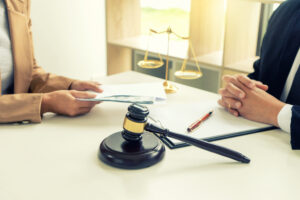
Never attempt to handle the legal and insurance processes on your own after a rear-end collision, particularly while recovering from injuries. Without professional legal guidance, you risk accepting a low settlement that doesn’t cover the full scope of your losses.
A qualified Tampa personal injury attorney will provide the support and experience you need to ensure justice is served. They can shoulder the legal burden while you focus on healing, increasing the likelihood of a favorable outcome.
If you or a loved one has been in a rear-end collision on Tampa roads, don’t leave your future to chance. Schedule a consultation with a trusted car accident attorney as soon as possible to protect your rights and begin your pursuit of justice and financial recovery.
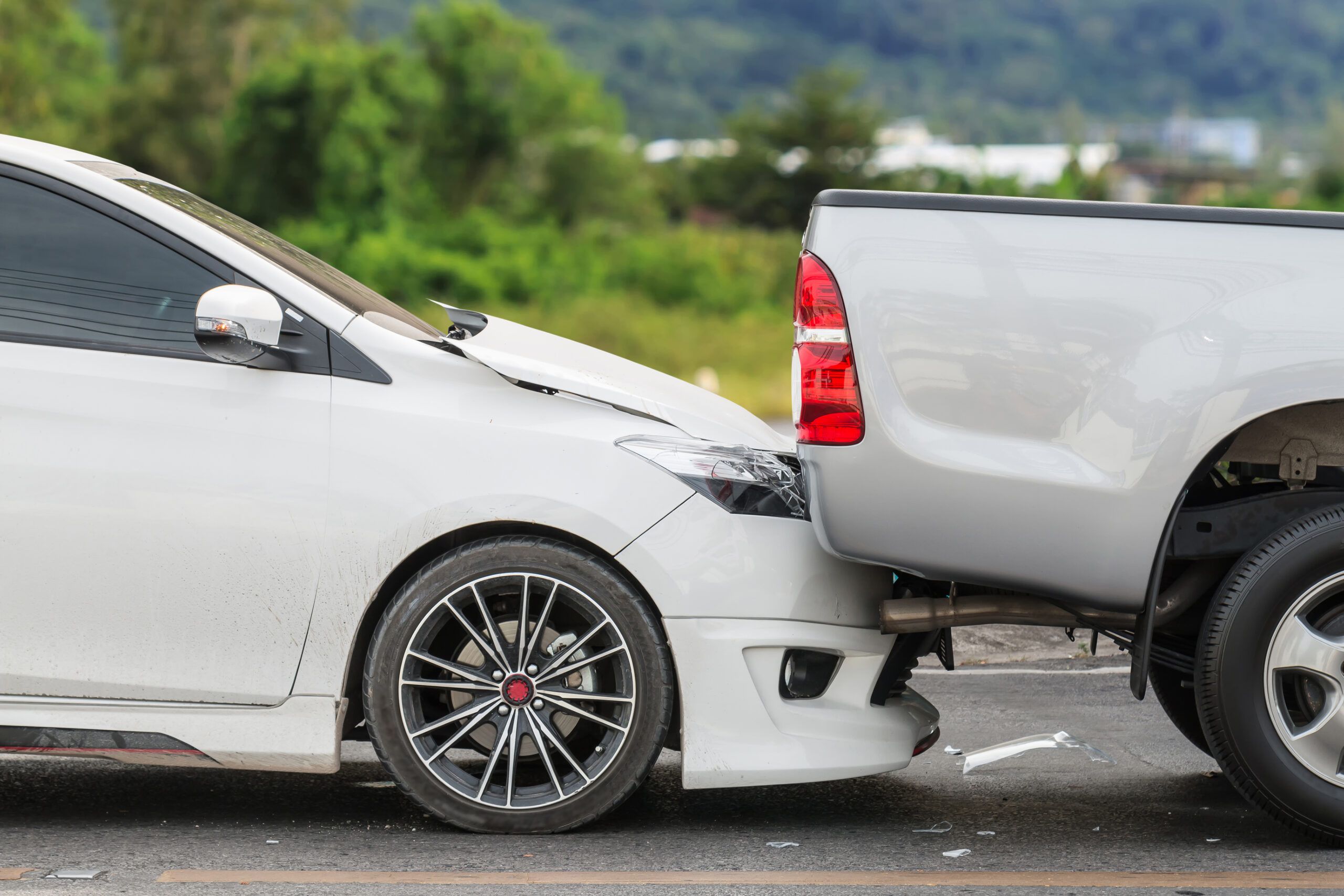
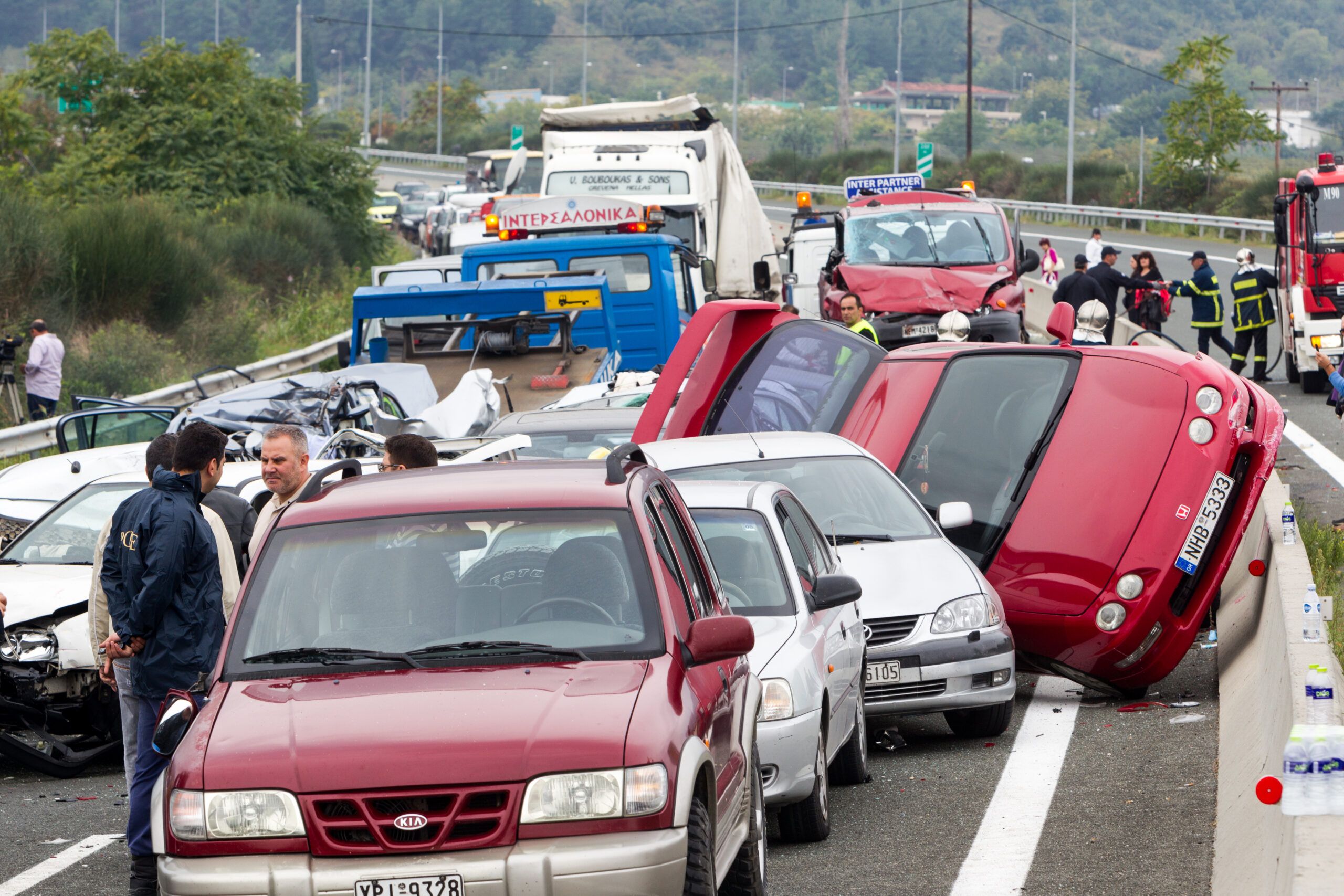
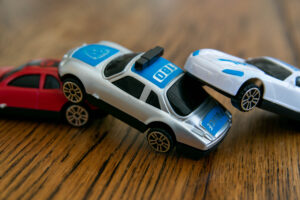
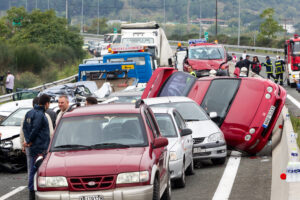
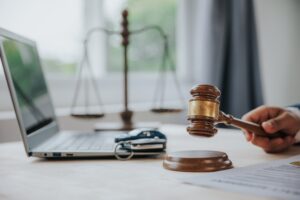
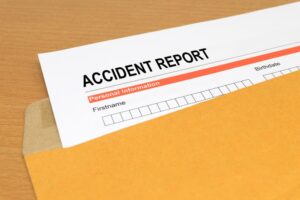
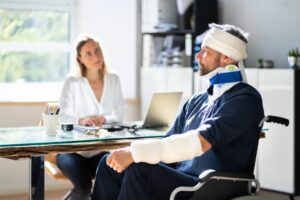

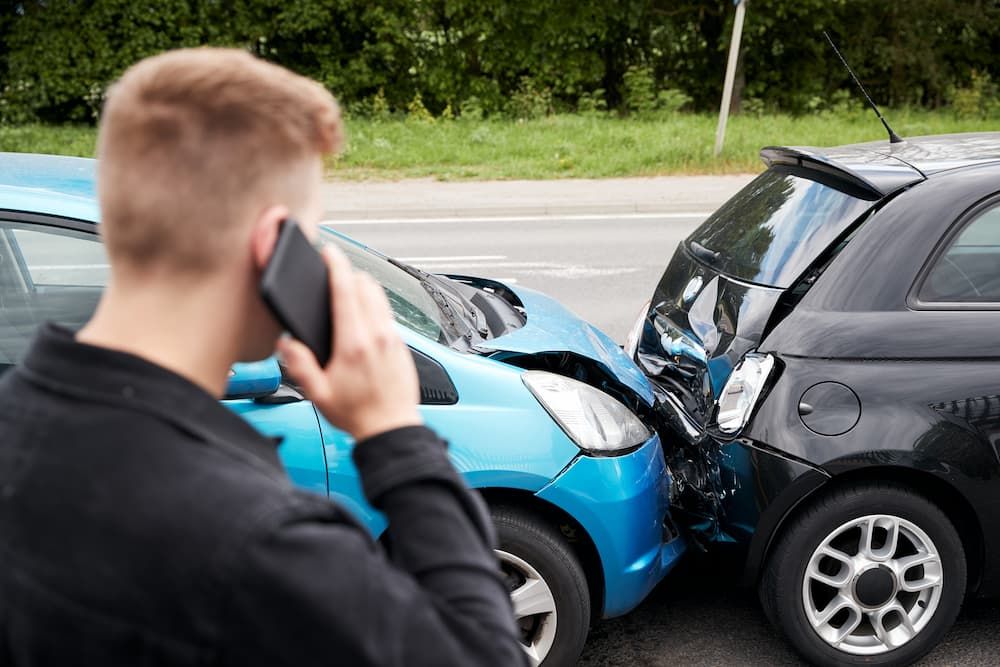
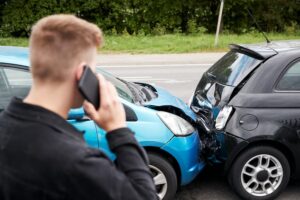
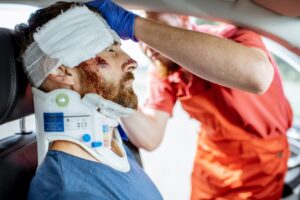


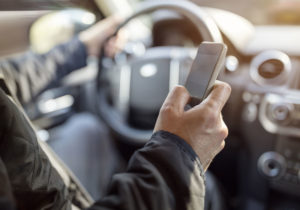
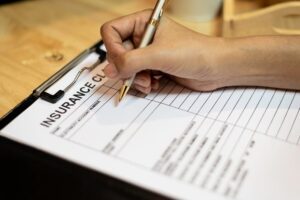
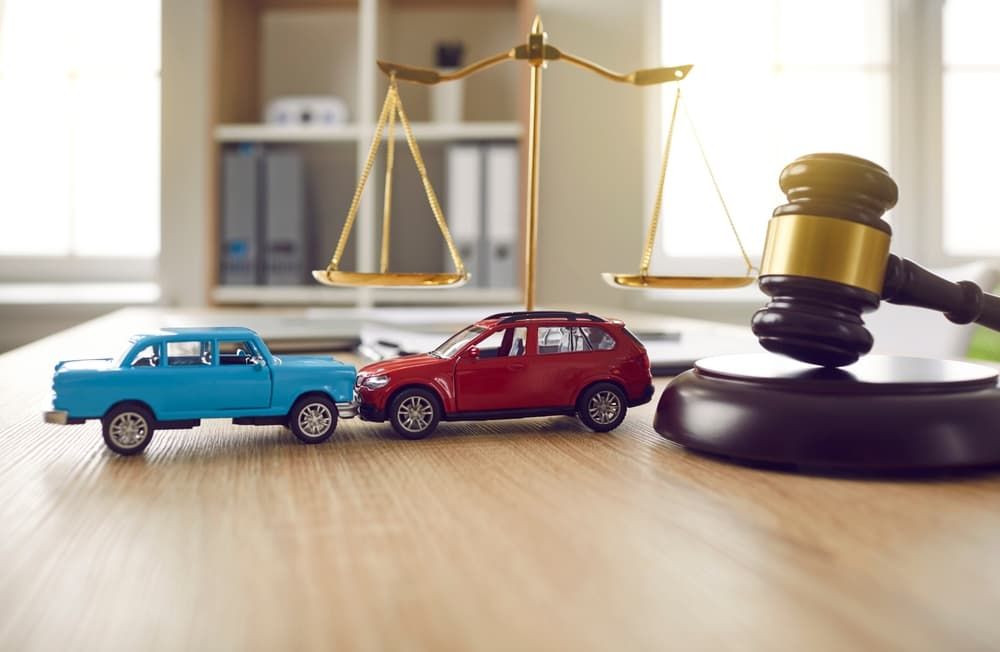
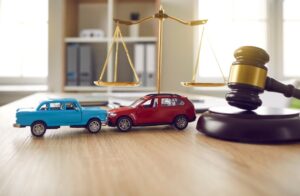

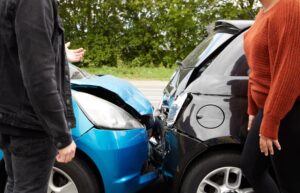
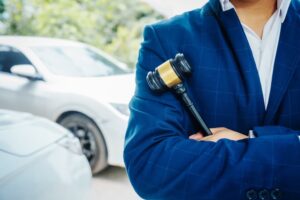
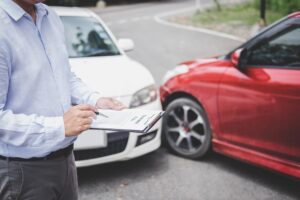
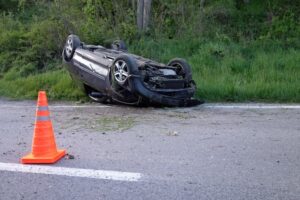

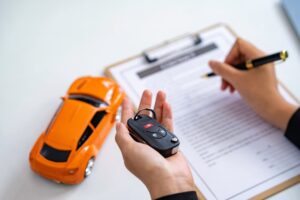
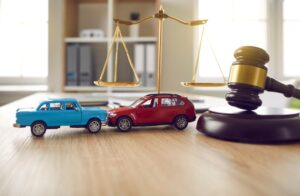

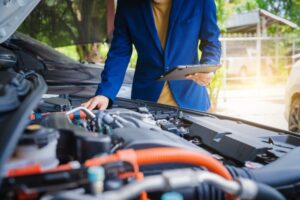

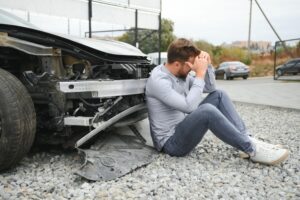
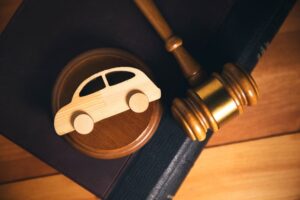

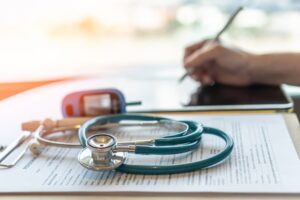
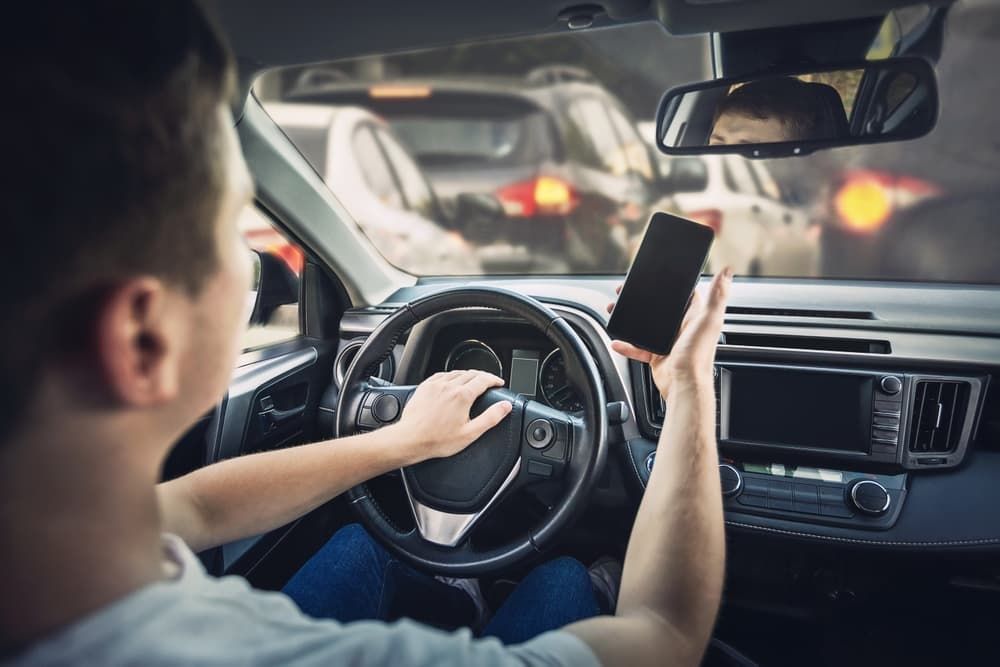
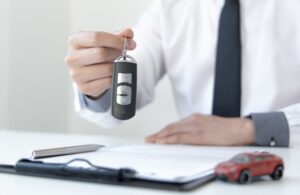


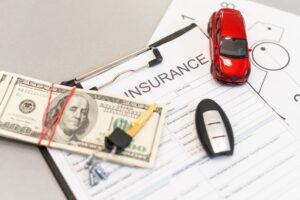

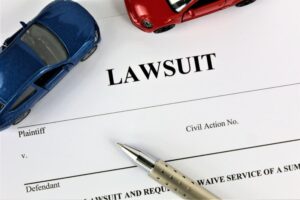 As soon as you hire them to represent you, your car accident lawyer will become responsible for every detail of your claim. Some of the most critical duties your lawyer will perform include:
As soon as you hire them to represent you, your car accident lawyer will become responsible for every detail of your claim. Some of the most critical duties your lawyer will perform include: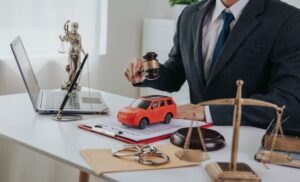 Keep in mind that, if you have any questions about hiring a lawyer, law firms offer free consultations. You can receive a complimentary case review and face no obligation to hire the firm.
Keep in mind that, if you have any questions about hiring a lawyer, law firms offer free consultations. You can receive a complimentary case review and face no obligation to hire the firm.